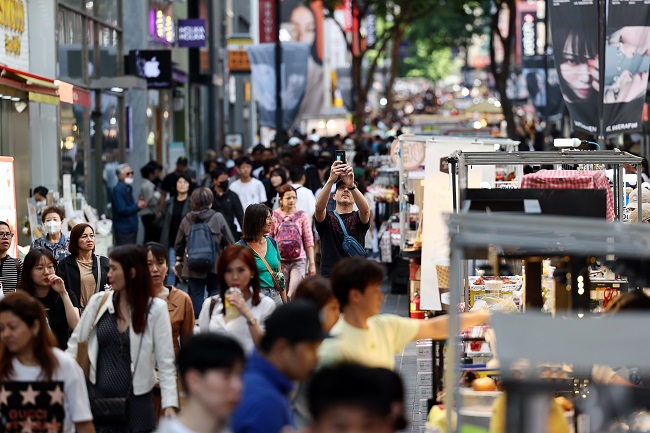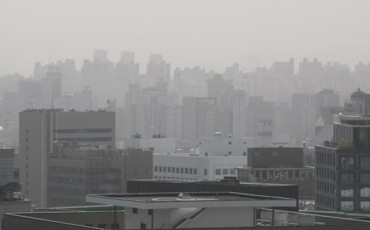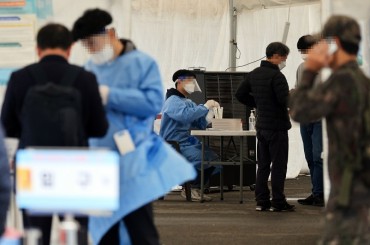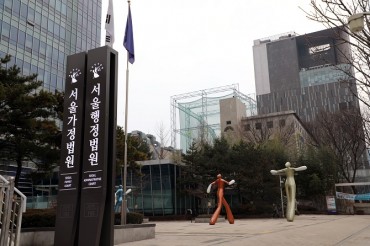SEOUL, May 25 (Korea Bizwire) — Household income rose 4.7 percent on-year in the first quarter amid the strong job market, data showed Thursday, while the distribution ratio for disposable income also widened over the period.
The country’s households earned an average 5.05 million won (US$3,822) per month in the January-March period, compared with 4.82 million won tallied a year earlier, according to the data from Statistics Korea.
When adjusted for inflation, however, the income remained unchanged.
In the first quarter, profits earned through wages rose 8.6 percent on-year to an average of 3.32 million won per month.
The monthly average income from business operations came to 804,000 won, down 6.8 percent on-year amid signs of an economic slump.
On the other hand, transfer income backed by state support fell 0.9 percent over the period to 773,000 won as the government scaled down pandemic-related compensation and subsidies.
“While the gains from wages led the increase in the overall income, returns from businesses lost ground,” an official from the agency said, attributing the decrease to higher expenditures in labor, raw material costs and high interest rates.
Monthly household spending on consumption goods jumped 11.5 percent to reach 2.82 million won as people spent more on dining out, accommodation, transportation and entertainment.
However, when adjusted for inflation, the growth came to just 6.4 percent.
South Koreans spent less on foodstuffs and nonalcoholic beverages in the first quarter, the data also showed.
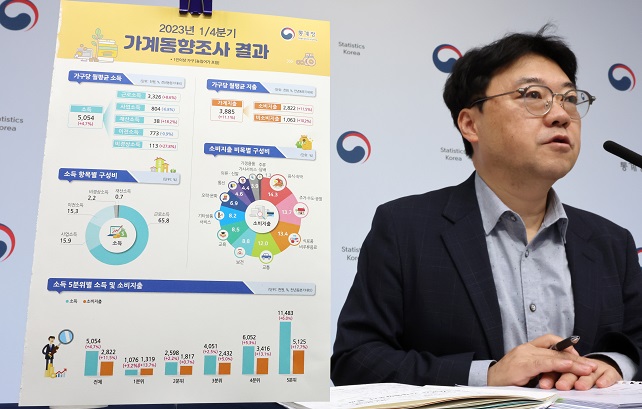
An official from Statistics Korea holds a press briefing in the central city of Sejong on May 25, 2023. (Yonhap)
Households’ average propensity to consume, measured by the percentage of consumption expenditures out of disposable income, advanced 5.1 percentage points on-year to 70.7 percent in the first quarter, the data also showed.
The average monthly income of the bottom 20 percent income bracket rose 3.2 percent on-year to 1.07 million won. Those in the upper 20 percent group made 11.48 million won, up 6 percent from a year earlier.
The country’s distribution ratio for disposable income, a key barometer of earnings equality, reached 6.45 in the first quarter, up from 6.2 tallied a year earlier. A higher ratio means wider inequality in income distribution.
It implies that the top 20 percent income bracket had 6.45 times more earnings than those in the bottom 20 percent over the cited period.
“There are hurdles in predicting the direction of incomes for the five brackets, as it is connected with (the government’s efforts) to bolster social safety nets, along with other factors, such as stabilizing inflation and economic slowdown,” an official from the finance ministry said.
“South Korea will make continued efforts to maintain strong job markets and the upward trend of overall income, and have them lead to an improved distribution,” the official added.
(Yonhap)


